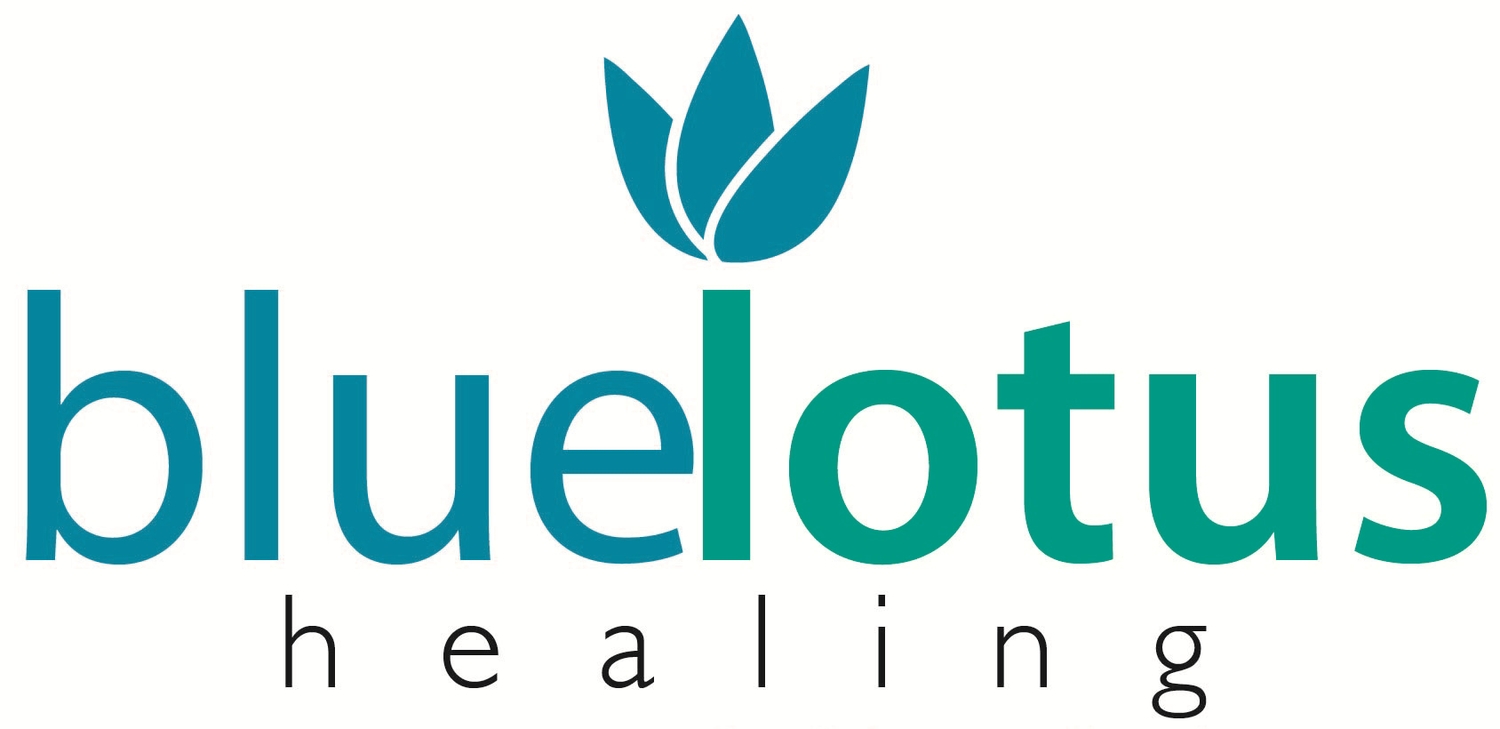Acupuncture
Acupuncture involves the insertion of very fine, sterile single-use needles into specific points on the body. The points selected by the practitioner lie on a network of channels along the surface of the body, which connect all parts of the body including the internal organs. Stimulation of the points will promote the circulation of “Qi” (energy or life force) and blood to facilitate change at a deeper level and effect the body’s natural healing ability. A combination of points is selected based on your individual diagnosis to treat both the symptoms and the underlying cause of your condition.
Explaining exactly how acupuncture works is difficult.
From a Chinese Medicine approach:
Acupuncture is aimed at restoring balance and treating disease by stimulating the body’s natural healing ability. When the body is sick or injured this is seen as resulting in an imbalance in the “Qi”(energy) flow, which can be a blockage or insufficiency in one or more of the channels or organs. Acupuncture points are seen as a gateway to the flow of Qi. Acupuncture can be used to nourish and strengthen the system and clear blockages allowing a smooth flow of the Qi. The aim of Acupuncture is to regulate the flow of Qi and Blood through the meridians and organs. This allows the body to reduce or eradicate disease, alleviate symptoms, pain and stress within the body, rebalance the energy and function at optimal health.
From a Western Medicine approach:
Over the past few decades Acupuncture treatment has been gaining popularity and acceptance as a drug free alternative to be used both alone or in conjunction with conventional medical treatments. It has gained acceptance in medical science and recognition by the World Health Organization (WHO). Numerous scientific research projects and studies have been conducted to explain the mechanisms of how acupuncture works on a physiological level, and how it can help alleviate symptoms and manage a wide range of health conditions.
Physiological effects of acupuncture that have been identified are:
Relieving pain and inflammation, modifying cardiovascular functions, gastric acidity and motility and many other actions.
Common actions of Acupuncture include:
Regulating the nervous system by restoring balance between the sympathetic and parasympathetic. Increased parasympathetic activation will produce the hormone relaxin, enhance digestion, lower heart rate and blood pressure and improve sleep patterns.
To find out more about how Acupuncture relieves pain and reduces inflammation:
Zhang et al 2014 – Mechanisms of acupuncture in persistent pain
What to expect:
Acupuncture should not be a painful experience. A dull sensation, slight aching, feeling of heaviness or tingling may be felt around the points or along the channels, or you may not feel anything at all. It is generally a very relaxing and peaceful experience and helps to bring the mind, body and spirit back into balance on an energetic level.

